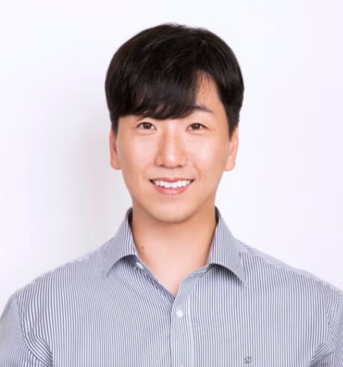A $600,000 grant from NASA to a UC Riverside physicist will greatly assist with the analysis of data from the Planck and Herschel satellites to study the cosmic microwave background, or CMB, the cooled remnant of the first light that traveled freely after the Big Bang nearly 14 billion years ago.
Planck was a space observatory operated by the European Space Agency, or ESA, and Europe’s first mission to study the CMB. The Herschel Space Observatory was a space observatory built and operated by the ESA to probe the formation of stars and galaxies across the history of the universe. Having played a key role in the development of the missions, NASA contributes to the analysis of the data.

“We propose to constrain the physics of reionization through small angular scale secondary anisotropies of the CMB,” said Steve Choi, an assistant professor of physics and astronomy and the three-year grant’s principal investigator. “While CMB anisotropies are best known for providing a snapshot of the early universe, they also encode valuable information about later cosmic epochs as CMB photons interact with intervening matter, generating new anisotropies.”
The CMB formed 400,000 years after the Big Bang. Reionization is the process in which hydrogen gas in the universe got turned into plasma by the first stars and black holes, transitioning the universe from a neutral to an ionized state. Anisotropy is the property of being directionally dependent.
Studying reionization helps astronomers understand the early universe and the role played by galaxies in this process. While physicists have approximated when reionization occurred, its detailed timeline and characteristics remain uncertain.
“Reionization is one of the least-understood epochs in cosmic history,” Choi said. “The processes that govern the first star formation that ionized the universe are unclear, in addition to the duration, timescale, and spatial structure.”
If light with enough energy hits an atom, it can knock an electron free. This is called ionization. After the Big Bang, the universe was a hot, dense plasma of ionized particles. About 400,000 years later, as the universe cooled, electrons and protons combined to form neutral hydrogen atoms in a process called recombination. When the first stars and galaxies formed, emitting UV radiation that reionized the hydrogen, it led to the reionization of the universe. Bubbles of ionized hydrogen expanded and merged, filling the universe with the ionized plasma we see today.
Choi explained that studying the interactions between electrons and the CMB could play a crucial role in illuminating the epoch of reionization. According to Choi, the scattering of the CMB off free electrons induces new anisotropies, known as the Sunyaev-Zeldovich (SZ) effect. When these anisotropies arise from the motion of electrons, the effect is specifically called the kinematic SZ (kSZ) effect, he explained.
“Our main objective is to advance our understanding of the epoch of reionization by measuring the kSZ anisotropies with sky maps from the Herschel and Planck satellites and the Atacama Cosmology Telescope in Chile,” Choi added.
Choi got his bachelor’s degree in physics at UC San Diego and earned a doctoral degree in physics from Princeton University. Prior to joining UCR, he was a National Science Foundation postdoctoral fellow at Cornell University. His focus is in experimental and observational cosmology, including the analysis and interpretation of sky data to derive new cosmological constraints. He is working on developing more sensitive astronomical instrumentation to address fundamental questions about the universe.